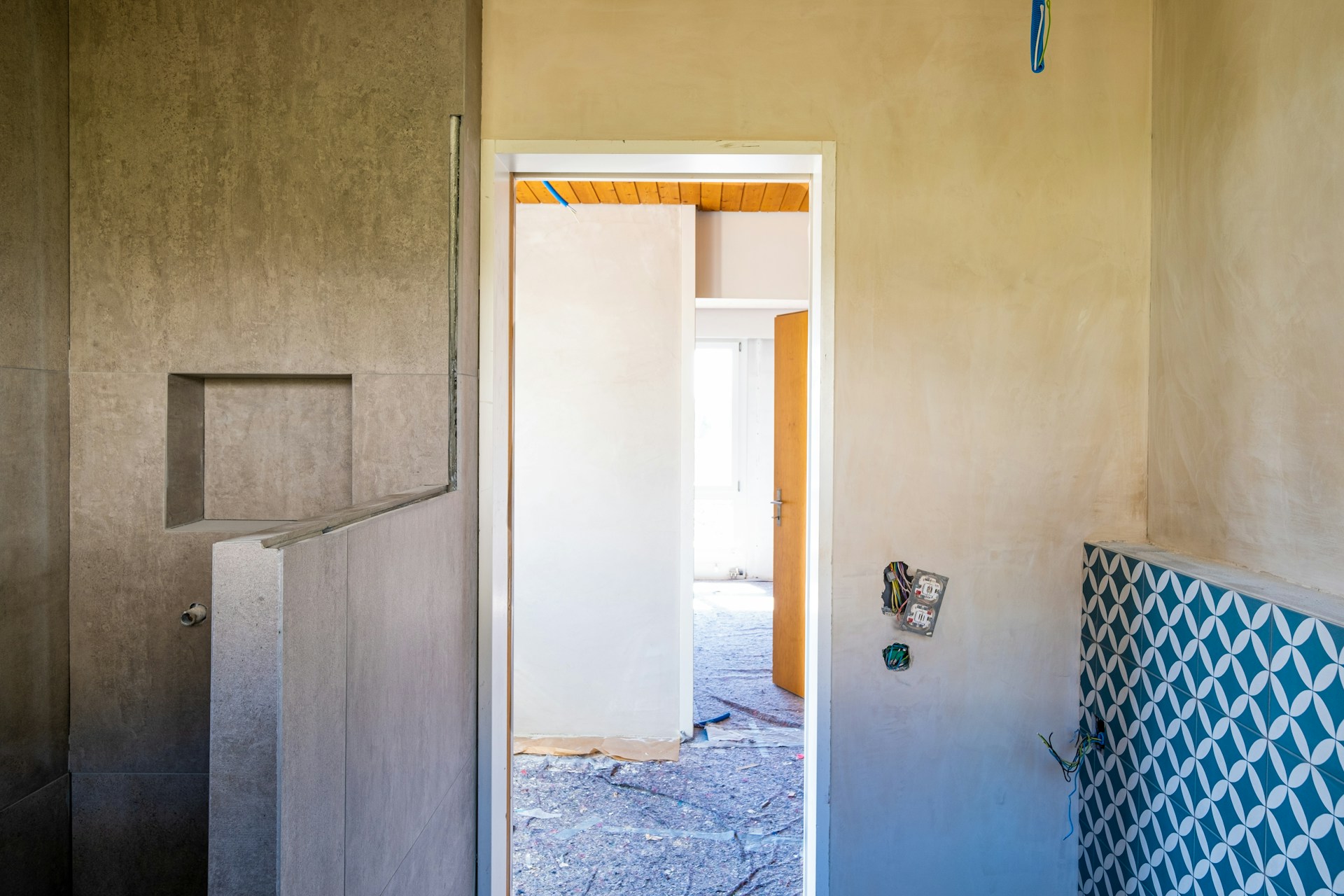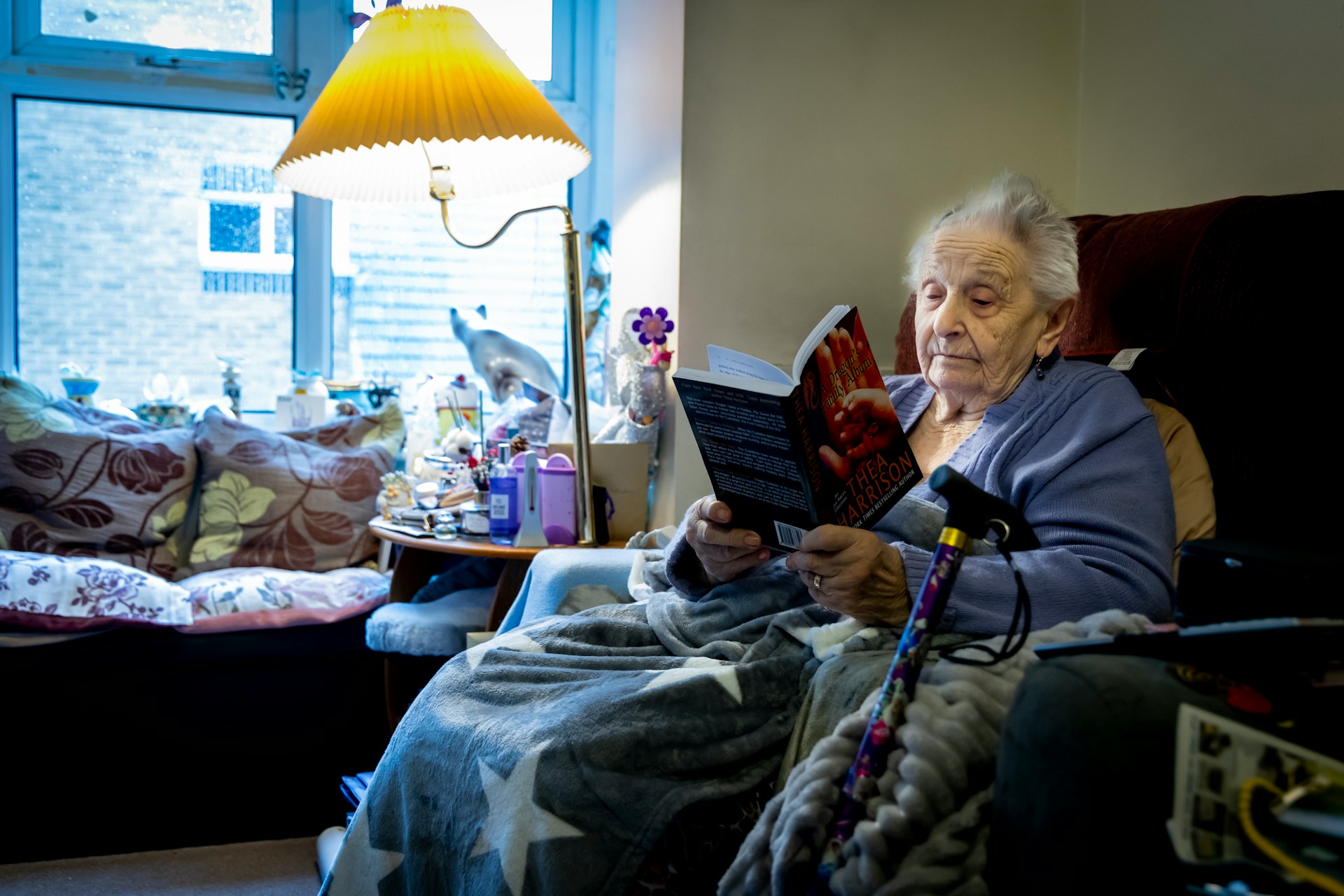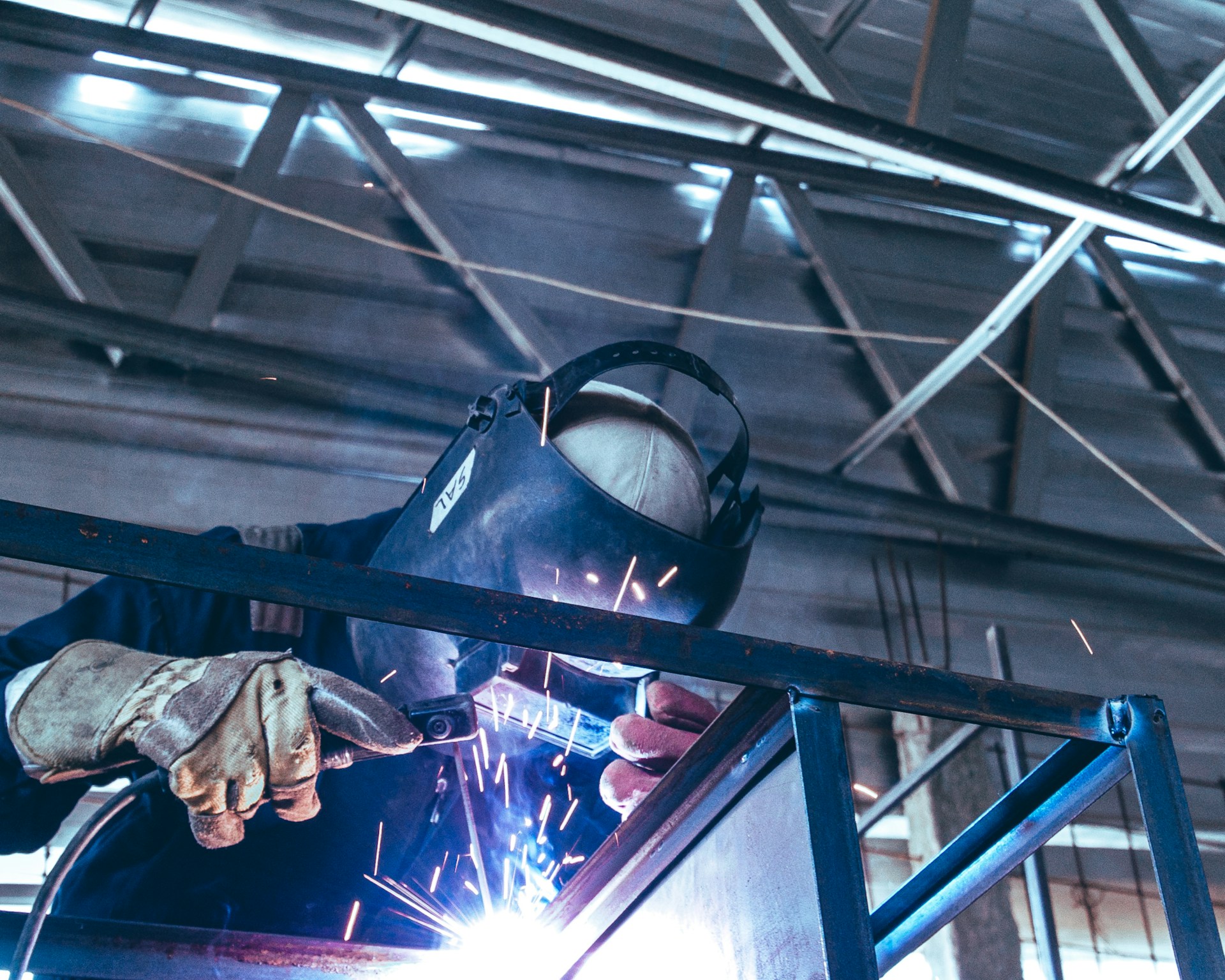 When temperatures drop and snow piles up outside, keeping your home warm and functional can be a challenge.
When temperatures drop and snow piles up outside, keeping your home warm and functional can be a challenge.
Heating cables, often used in gutters, pipes, and driveways, offer a convenient solution to prevent freezing and ice-related damage. Yet, cable safety should always be top of mind when working with electrical solutions.
This blog will walk you through everything you need to know about safely using heating cables in residential settings. From selecting the right type to proper installation and maintenance, here’s how to ensure your home stays warm without compromising safety.
Understanding Heating Cables and Their Applications
What Are Heating Cables?
Heating cables are specialized electrical components designed to produce heat when connected to a power source. They are commonly used in residential settings to prevent freezing by keeping specific areas warm, such as:
- Gutters and downspouts: These cables help melt snow and ice, preventing blockages and ice dam buildup.
- Pipes: When wrapped around water pipes, heating cables keep them from freezing during cold spells.
- Roofs: Some homeowners use these cables to clear roof edges of ice and snow for a safer and more durable structure.
By targeting specific problem areas, heating cables allow homeowners to avoid common winter damages.
Key Considerations Before Installation
Before using heating cables, it’s essential to evaluate their purpose and placement. Are you installing heated gutter cables to keep your gutters clear or using them to insulate exposed pipes?
Defining the application will help you choose the right cable type and length for the job. Additionally, check if your electrical system can handle the added load to avoid circuit overloads.
Choosing the Right Heating Cables for Residential Use
Types of Heating Cables
Not all heating cables are created equal. Different cables are suited for different tasks:
- Self-regulating cables: These cables automatically adjust their heat output based on the surrounding temperature, making them energy-efficient and ideal for gutters and pipes.
- Constant wattage cables: These deliver a consistent level of heat and are suitable for areas requiring steady warmth.
- Pre-assembled kits: These plug-and-play options are perfect for DIY homeowners looking for a quick and simple solution.
Ensuring Compatibility with Your System
When selecting home heating cables, check the manufacturer’s specifications to ensure compatibility with your home’s electrical setup.
Look for cables that are certified and meet safety standards, such as UL or CE markings. Additionally, make sure the cables are rated for outdoor or indoor use as required for your project.
Safe Installation Practices for Heating Cables
Prep Your Space
Before installation, clean the area to remove debris. For heated gutter cables, ensure your gutters and downspouts are clear of leaves and dirt. For pipes, inspect them for cracks or insulation issues.
Installation Steps
- Position the cables correctly: Follow the manufacturer’s guidelines for placement. For gutters, install the cables in a zigzag pattern to cover a wider surface area. For pipes, wrap the cables tightly without overlapping to prevent overheating.
- Secure the cables: Use materials provided by the manufacturer, such as clips or ties, to secure the cables in place. Avoid using metal fasteners, which can damage the cable insulation.
- Connect to a power source: Plug the cables into a dedicated outlet with an appropriate weatherproof cover for outdoor use. Avoid extension cords, as they can introduce safety hazards.
If you’re unsure about the installation process, consult a licensed electrician to ensure everything is set up correctly.
Maintaining Heating Cables for Long-Term Safety
Regular Inspections
Check your heating cables periodically for signs of wear and tear. Inspect the insulation for cracks or frayed areas, especially on cables exposed to outdoor conditions. Damaged cables should be replaced immediately to avoid safety risks.
Seasonal Maintenance
Before winter begins, test your cables to make sure they’re functioning correctly. Some systems have built-in indicators to confirm they’re working. Clean gutters and remove debris around cables to prevent obstructions.
Shut-Off Precautions
If you’re using self-regulating heating cables, they will adjust their temperature automatically, but constant wattage cables should be turned off when not needed. This will save energy and extend the life of your cables.
Managing Energy Efficiency While Using Heating Cables
Optimize Placement
Strategically placing heating cables in problem areas can maximize efficiency and minimize energy use. For example, heated gutter cables should only cover the length of your gutters and not extend beyond areas where freezing typically occurs.
Use a Timer or Thermostat
Install a timer or thermostat to control when your heating cables operate. These devices only activate the cables when temperatures drop below freezing, helping to reduce unnecessary energy consumption.
Invest in Energy-Efficient Cables
Energy-efficient cables, such as those with self-regulating features, help you save on power bills. Although they may have a higher upfront cost, they pay off in the long term through reduced energy usage.
Common Mistakes to Avoid When Using Heating Cables
Overlapping Cables
One of the most frequent mistakes is overlapping heating cables, which can create hotspots and lead to fires. Always follow the manufacturer’s spacing recommendations.
Ignoring Manufacturer Guidelines
Each heating cable has unique installation and operational specifications. Ignoring these guidelines can lead to inefficiencies, damage, or safety risks.
Skipping Maintenance
Neglecting routine inspections and maintenance can result in malfunctions, increasing safety hazards. Make sure heating cables are part of your seasonal home maintenance checklist.
Make Your Home Safer and Warmer Today
Heating cables are a powerful solution for managing winter challenges, from avoiding ice dams with heated gutter cables to protecting water pipes from freezing.
However, proper installation, maintenance, and energy management are crucial to enjoying their benefits safely. By following the tips in this guide, you can ensure your heating cables operate efficiently, prolong their lifespan, and keep your home safe and sound during the winter months.
If you’re unsure about any part of the process, don’t hesitate to reach out to a professional electrician. Warm up your home the smart way with heating cables. Need more electrical tips or product recommendations? Check back for expert insights and updates.











